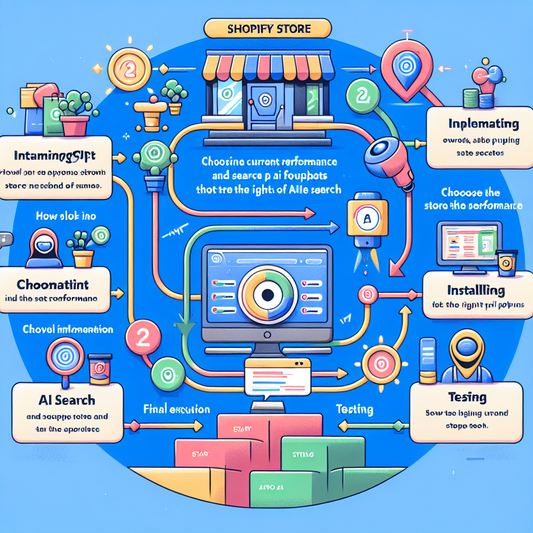
Enhance your Shopify store with 3D models, but avoid common pitfalls.
Introduction: The Rise of 3D Models in E-commerce
- The Growing Trend of 3D Models In recent years, the use of 3D models in e-commerce has surged, with studies showing that products with 3D models can increase conversion rates by up to 40%. This trend is driven by the demand for more interactive and engaging shopping experiences, allowing customers to visualize products in a more realistic manner.
- Why Shopify Store Owners Should Care For Shopify store owners, integrating 3D models can be a game-changer. It not only enhances the customer experience but also sets your store apart from competitors. With the right implementation, 3D models can lead to higher customer satisfaction and increased sales.
- The Importance of Getting It Right While the benefits are clear, the implementation of 3D models must be handled with care. Mistakes can lead to poor user experiences, increased bounce rates, and even damage to your brand's reputation. Understanding common pitfalls is crucial to leveraging this technology effectively.
- Statistics Supporting 3D Model Integration According to a report by Shopify, stores that utilize 3D models see a 94% increase in conversion rates compared to those that do not. This statistic underscores the potential impact of 3D models on e-commerce success.
- Setting the Stage for Success To fully capitalize on the benefits of 3D models, Shopify store owners must be aware of the common mistakes and how to avoid them. This article will delve into the top three mistakes brands make when adding 3D models to their Shopify store and provide actionable insights to ensure success.
Top 3 Mistakes Brands Make When Adding 3D Models
Article Topics:

1. Mistake #1: Poor Quality 3D Models
The quality of your 3D models is paramount. Low-quality models can detract from the user experience, making products appear less appealing. Investing in high-quality, detailed models is essential. For example, a case study of a fashion retailer revealed that upgrading their 3D models led to a 30% increase in customer engagement.
2. Mistake #2: Ignoring Mobile Optimization
With over 50% of e-commerce traffic coming from mobile devices, ensuring your 3D models are optimized for mobile is crucial. A failure to do so can result in slow load times and a frustrating user experience. A leading electronics brand saw a 20% drop in mobile sales due to unoptimized 3D models, highlighting the importance of this step.
3. Mistake #3: Overlooking User Experience
User experience should be at the forefront of your 3D model strategy. This includes intuitive navigation, seamless integration, and ensuring that models enhance rather than hinder the shopping journey. A home goods store found that simplifying their 3D model interface led to a 15% increase in conversion rates.
4. Additional Considerations for Successful Implementation
Beyond avoiding these mistakes, consider factors such as the scalability of your 3D model strategy, the potential for AR integration, and ongoing maintenance. These elements can further enhance the effectiveness of your 3D models and contribute to long-term success.
Conclusion: Mastering 3D Models for Shopify Success

-
Invest in Quality
High-quality 3D models are a worthwhile investment that can significantly enhance customer engagement and conversion rates. Prioritize detail and realism to make your products stand out.
-
Optimize for Mobile
Ensure your 3D models are mobile-friendly to cater to the growing number of mobile shoppers. This includes optimizing load times and ensuring a smooth user experience.
-
Focus on User Experience
User experience should be at the forefront of your 3D model strategy. This includes intuitive navigation, seamless integration, and ensuring that models enhance rather than hinder the shopping journey. A home goods store found that simplifying their 3D model interface led to a 15% increase in conversion rates.
-
Consider Scalability and AR Integration
Beyond avoiding these mistakes, consider factors such as the scalability of your 3D model strategy, the potential for AR integration, and ongoing maintenance. These elements can further enhance the effectiveness of your 3D models and contribute to long-term success.
-
Continuous Improvement
Regularly review and update your 3D models and strategy to ensure they remain effective and aligned with evolving customer expectations.
Boost your conversion rates with our powerful Shopify Public App by offering tiered pricing and volume discounts.





